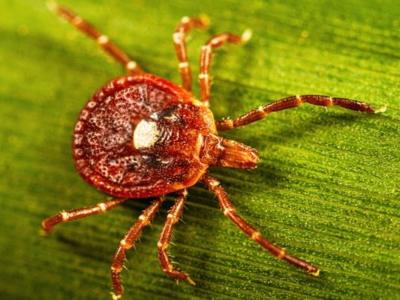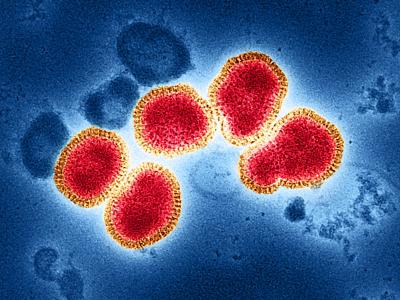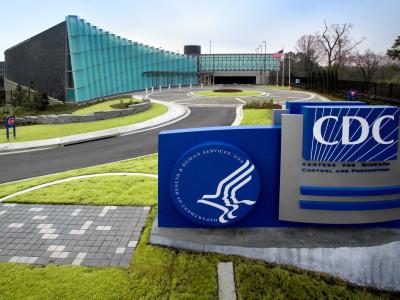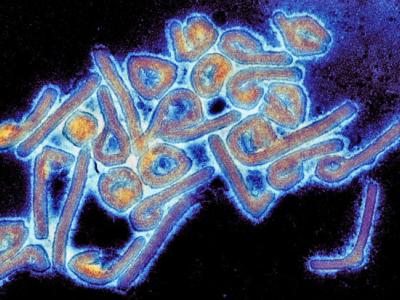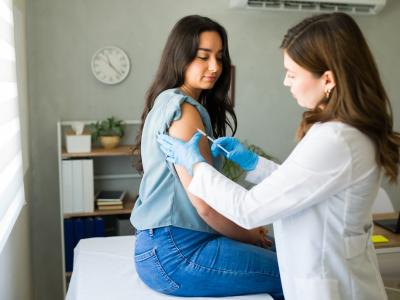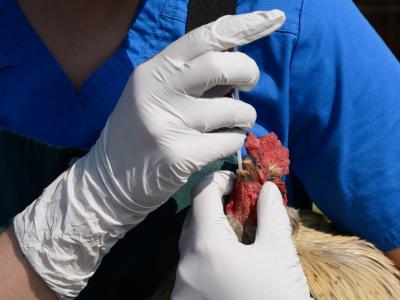In an update yesterday on yellow fever in Africa, the World Health Organization (WHO) said 12 countries reported cases in 2022, including 8 that also had transmission in 2021. Since 2021, 203 confirmed and 252 probable cases were reported, 40 of them fatal.
The case-fatality rate among the confirmed cases was high, at 11% and 12% for 2021 and 2022, respectively.
Countries reporting cases for both years were Cameroon, the Central African Republic, Chad, Ivory Coast, the Democratic Republic of the Congo, Ghana, Nigeria, and the Republic of the Congo. For 2022, newly reporting countries were Kenya, Niger, Sierra Leone, and Uganda.
Also, Gabon reported one isolated confirmed cases in 2021, but didn't report any in 2022.
Young kids hit hardest
Overall, about 71% of the confirmed cases were in people younger than 30, with kids age 10 years and younger disproportionately affected. Since Aug 26, there have been only 7 newly confirmed cases, 1 of them fatal.
Ongoing vaccination campaigns that reached more than 4 million people starting in 2021 have boosted coverage in targeted countries and may have lessened transmission in 2022, though the WHO added the caveat that variations in transmission dynamics are difficult to predict.
On Dec 12, the WHO reassessed the risk, dialing back the threat from high to moderate owing to the decline in reported cases and increasing population immunity. It added, however, that there are still a number of challenges, including ongoing circulation in some high-risk areas and the detection of recent cases in urban areas, such as in Cameroon and Uganda, where there is little or no underlying immunity.
The WHO said the overall global risk is low, but it warned that ecosystems are favorable for the spread of yellow fever in other parts of the world, especially in neighboring countries in the WHO Eastern Mediterranean region.
